Early white cabbage hybrid Pandion f1
Pandion f1 is an early-ripening hybrid of white cabbage that appeared in Russia in 2005. The culture has gained popularity among gardeners due to a number of positive characteristics, including high yield, resistance to frost and disease. The article contains a detailed story about the advantages of the hybrid and its requirements for planting and care.
Description of cabbage hybrid Pandion f1
Cabbage hybrid Pandion f1 appeared as a result of work Dutch breeders. The plant forms dense round heads of cabbage, which are characterized by juiciness and sweet taste, but are not suitable for long-term storage and canning.
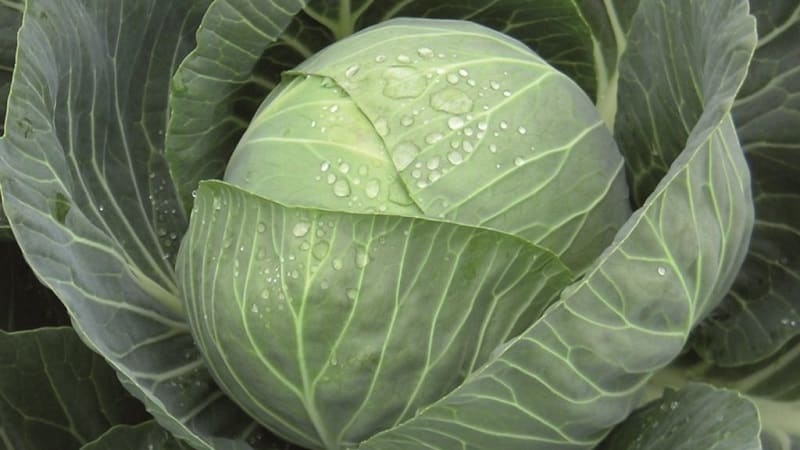
Origin and development, history of breeding
The hybrid was bred by Dutch breeders of the Monsanto company, the originator is MONSANTO HOLLAND B.V.
Included in the State Register of Agricultural Crops in 2005
Chemical composition, trace elements and vitamins, beneficial properties
100 g of cabbage contains:
- vitamin PP – 0.7 mg;
- E – 0.15 mg;
- A – 0.03 mg;
- C – up to 45 mg;
- potassium – 170 mg;
- calcium – about 48 mg;
- phosphorus – up to 31 mg;
- magnesium – 16 mg;
- sodium – 18 mg.
Regular consumption of white cabbage reduces the risk of developing atherosclerosis and improves the functioning of the gastrointestinal tract. The vegetable is useful for cardiovascular diseases, high cholesterol, joint pain and inflammation of the skin. Helps fight insomnia and headaches.
Features of application
Pandion f1 is consumed fresh and added to vegetable salads. When heat treated, the hybrid loses its taste and beneficial properties, so it is not recommended for use for preparing preparations for the winter or dishes that require cooking and stewing.
Ripening time and yield
This is ultra-early ripening cabbage: The harvest is harvested 85-110 years after emergence. The duration of the growing season after transplanting seedlings into the ground is 48-53 days.
Average marketable yield – 280-513 c/ha.
Reference. Record yields were recorded in the Smolensk region. – 539 c/ha.
Resistance to diseases, pests and cold
The hybrid is resistant to fungal diseases, in particular fusarium. Dangerous pests include cabbage flies, aphids, mole crickets, moths and cruciferous flea beetles.
Hardened seedlings can withstand short-term decrease in air temperature to -5…-6°C.
Characteristics, description of the appearance of leaves and heads of cabbage, taste
Hybrid Pandion f1 forms dense round-shaped heads of cabbage, the average weight of which is 0.8-1.8 kg. The cabbage is white in cross section. The inner stalk is medium length, the outer one is short.
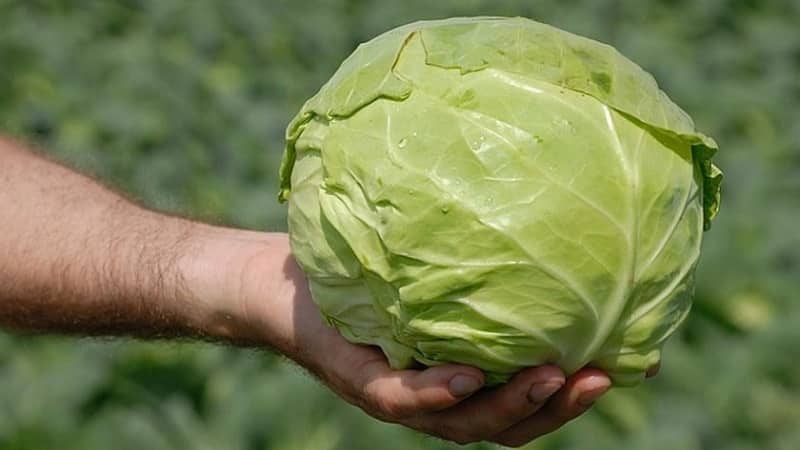
The leaf rosette is horizontal, consists of small or medium-sized vesicular leaves with slightly wavy edges, dark green in color and covered with a faint waxy coating.
Taste the heads of cabbage are sweet, juicy and aromatic.
For which regions is it best suited and what are the climate requirements?
The hybrid is included in the State Register with permission to be grown in open ground in East and West Siberian, Volga-Vyatka, Central and North-Western regions.
The main advantages and disadvantages of the Pandion f1 hybrid
Advantages of cabbage Pandion f1:
- excellent taste and juiciness;
- early and friendly harvest ripening;
- frost resistance;
- abundant yield;
- high commercial quality and transportability;
- resistance to fusarium;
- the ability to remain on the root for a long time without cracking;
- high yield of marketable products;
- the possibility of growing in seedlings and without seedlings, in open and closed ground.
The disadvantages of the hybrid include its tendency to be attacked by pests. and a decrease in yield when grown without seedlings in open ground.
What is the difference from other varieties and hybrids
A comparison of Pandion f1 with other early ripening varieties and hybrids is presented in the table:
| Variety/hybrid | Head shape | Head weight, kg | Productivity, c/ha |
| Pandion | Round | 0,8-1,8 | 280-513 |
| Belladonna | Round | 1,1 | 356-410 |
| Baroque | Round | 0,8-1,5 | 271-401 |
| Angelina | Round | 1-1,2 | 445-512 |
| Explosion | Round-flat | 1,1-1,4 | 272-436 |
| Legate | Round | 0,9-1 | 191-232 |
Features of planting and growing
Hybrid Pandion f1 grow in open and closed ground through seedlings or sowing seeds directly into the beds. To obtain a bountiful harvest and full development of heads of cabbage, it is recommended to use the seedling method.
Preparing to plant seeds and seedlings
Seeds for seedlings are sown from mid-March to early April. The planting material is pre-calibrated (suitable grain diameter is 1.5-1.6 mm) and for 20 minutes. soak in a weak solution of potassium permanganate or a growth stimulant (Kornevin, Heteroauxin) for disinfection and better germination.
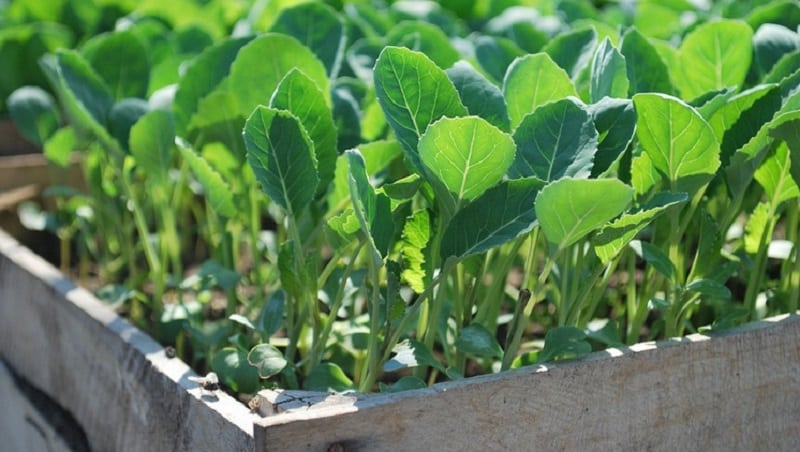
Used for growing seedlings ready-made universal soil or self-prepared substrate, consisting of peat or humus, turf soil and sand (proportions 75/20/5 or 45/50/5).
Important! The optimal acidity level of the soil mixture is pH 6-6.5.
Suitable the soil is poured into seedling boxes, prepared seeds are laid out on the surface, deepening them by 1.5-2 cm, cover the container with polyethylene and put it in a warm place at an air temperature of +20...+24°C. After germination, the polyethylene is removed, after 7-10 days the temperature is reduced to +20...+21°C.
Seedlings are grown at +14…+18°C, watered as the substrate dries settled warm (+18...+20°C) water and dive into individual plastic containers after 2-3 leaves appear on the seedlings. Small plants are removed during picking.
A month before transplanting seedlings into the ground, they begin to harden them – containers with plants are taken outside first for 20 minutes, then for 2 hours; on the last day the seedlings are not taken indoors.
How to plant without seedlings
When growing a hybrid without seedlings, the seeds are sown immediately after March 20 in open or closed ground, maintaining a distance of 50 cm between rows and 25-30 cm between plants.
Optimal temperature for cabbage growth and formation – +17…+21°C. At temperatures below +17°C or above +25°C, the heads of cabbage develop poorly.
Interesting things on the site:
Soil requirements
For planting cabbage, choose a place that is well-lit and protected from drafts. with loose, light and fertile soil that has good aeration, moisture permeability and a neutral or medium acidity level (pH 5-7).
Predecessors
The best predecessors for Pandion f1 – onions, legumes, pumpkin and winter crops. Cabbage should not be planted after radishes, arugula, radishes and cruciferous crops.
Dates, scheme and rules of planting
Seedlings with 5-7 true leaves at least 45 days old are transplanted into open ground.. Replanting is carried out when the air warms up to +18...+20°C, and the soil warms up to +13°C, choosing a cloudy, rainy day for this.
Planting scheme:
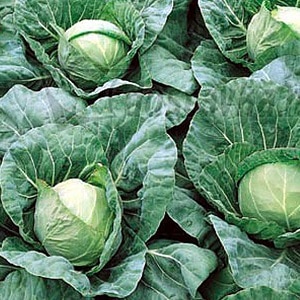 Dig up and level the area, form rows on it at a distance of 45-50 cm from each other.
Dig up and level the area, form rows on it at a distance of 45-50 cm from each other.- Make planting holes in the rows every 25-30 cm and water them generously. If the soil is depleted, fertilize with humus or compost.
- Place a seedling in each hole.
- Cover them with soil so that the growing point is located above the soil surface.
Reference. Planting density is 60-70 thousand plants per 1 hectare.
Features of cultivation and nuances of care
To get a rich harvest of Pandion f1 cabbage, it is enough to follow standard agrotechnical requirements crops - regularly water and feed plants, loosen, weed, hill up and protect plantings from diseases and pests.
Watering mode
The optimal level of soil moisture is 75-80%. Before the heads form, the plantings are watered every 2-4 days, using 35-40 liters of water per 1 square meter. m., after - weekly, at the rate of 40-45 liters of water per 1 sq. m.
Reference. Insufficient air and soil humidity leads to poor growth of cabbage and the formation of small heads of cabbage.
Loosening and hilling
After watering or rain, loosen the ground to avoid the formation of a dry crust. on the soil surface, improve access of moisture, oxygen and nutrients to plant roots. Simultaneously with loosening, weeding is carried out, removing weeds.
Hill up cabbage twice a season – 10-15 days after transplanting the seedlings into the ground and 40 days after that.
Top dressing
During the growing season, cabbage is fed 2 times: 15 and 35 days after planting seedlings in open ground.
Used as fertilizers rotted bird droppings (600-800 g/1 sq. m.) or rotted manure (300-500 g/1 sq. m.).
Measures to increase yield
To increase the yield of Pandion f1 cabbage, experienced gardeners It is recommended not to neglect the application of fertilizers and to maintain soil moisture levels within 75-80% and grow the vegetable using the seedling method.
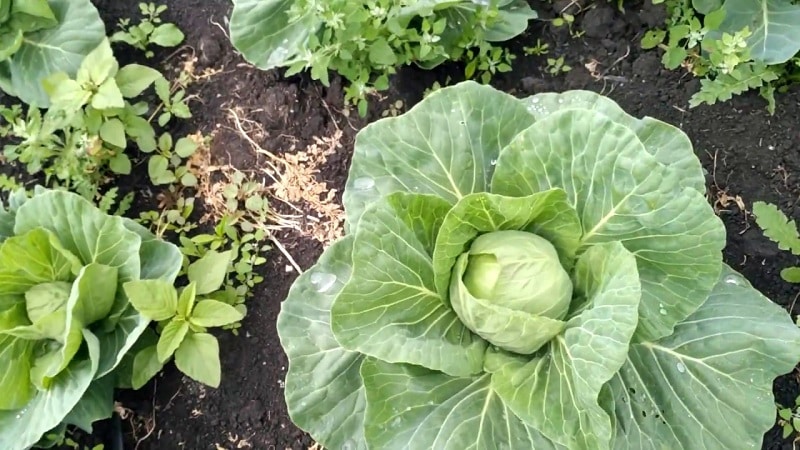
Disease and pest control
The hybrid is resistant to fungal diseases, but is prone to insect damage. The most dangerous pests for Pandion f1 are presented in the table:
| Pest | Signs | How to get rid |
| Aphid | The leaves turn yellow, curl, and become covered with dark spots. Heads of cabbage slowly form and develop |
The plantings are sprayed with insecticidal preparations, for example, “Rovikur”, “Corsair” or “Belofos”. To prevent pest attacks, plants are sprinkled with wood ash. |
| Medvedka | Due to damage to the roots by pests, cabbage quickly withers | |
| Ognevka | Insects damage everything, even the inner cabbage leaves. | |
| Cabbage fly | Plant development slows down, leaves become blue-lead in color and dry out | |
| Cruciferous flea beetle | Ulcers appear on plants, tissues die |
Prevention of disease development is maintaining an optimal level of soil moisture, treating the soil with a solution of potassium permanganate before planting and spraying plants with fungicides “Fitoflavin”, “Topaz” or “Baktofit”
Important! After the heads are formed, only folk remedies are used to control pests: soap solution, ammonia, infusion of tomato tops.
Harvest and storage
When sowing seeds in mid-March and transplanting seedlings into the ground at the end of April, cabbage reaches technical maturity in early to mid-June.
The harvest is harvested in dry weather so that the heads of cabbage are dry. Otherwise, they are dried before storing.
Pandion f1 store for 30-60 days in a cool (about +2°C) room, wrapping each head of cabbage in paper, sprinkling it with sand or hanging it by the stalk.
What difficulties may there be when growing
Problems that may arise when growing this hybrid:
- the heads of cabbage develop slowly and are formed small - the result of low soil and air humidity;
- the leaves of the plants turned blue and lead - the plantings were attacked by cabbage flies.
Tips and reviews from experienced gardeners
Experienced farmers recommend:
- do not plant cabbage in the shade - heads of cabbage develop better if they grow in a well-lit place;
- remember that cabbage can only be planted in the same place after 4 years.
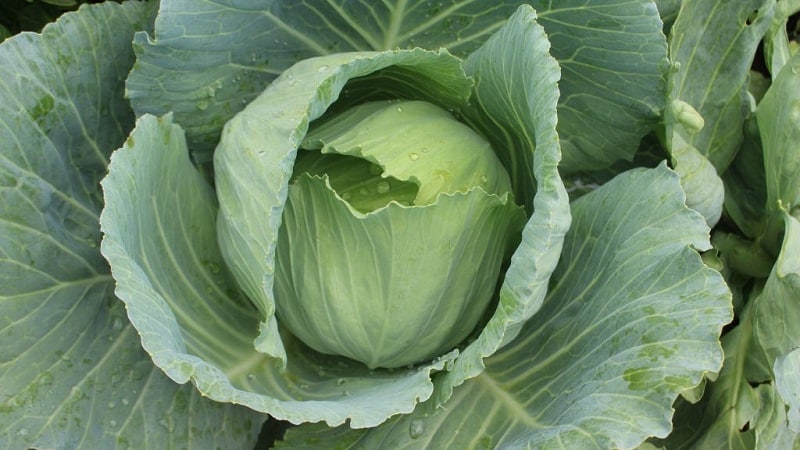
Gardeners respond positively to Pandion f1 cabbage:
Irina, Moscow region.: “When I started growing cabbage, I chose a variety that produces small heads of cabbage. I tried to plant several, but in the end I chose Pandion f1. Cabbage is juicy and sweet, even children enjoy eating it fresh. For salads, this is generally a godsend. The only downside is that the harvest doesn’t last long, but that’s why I grow late-ripening varieties.”.
Vasily, Voronezh: “We bought a dacha in 2007, tidied up the area and a year later we planted it with vegetables, including cabbage. We chose Pandion because many recommended it to us. As a result, we still choose this one among all the early varieties; we really like the sweet taste, juiciness and small, but very beautiful and neat heads of cabbage.”.
Conclusion
The cabbage hybrid Pandion f1 has a lot of positive qualities and practically no disadvantages.It is suitable for cultivation by seedlings and without seedlings, does not require labor-intensive care, is characterized by high yield, frost resistance, immunity to fungal diseases and a pleasant sweet taste of heads of cabbage.